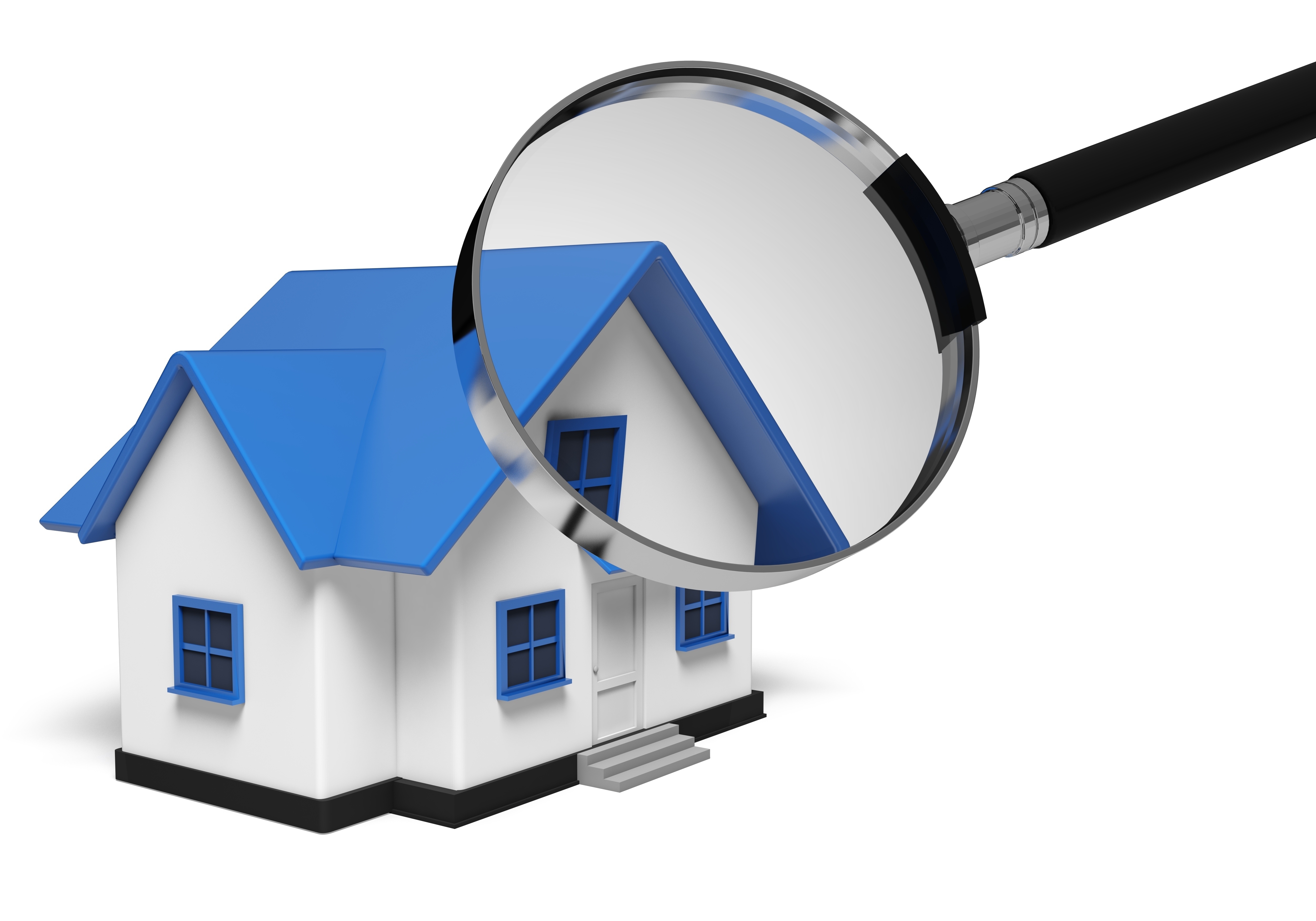
What Goes Into an Appraisal?Purchasing a house is the largest transaction some of us may ever make. Whether it's where you raise your family, a seasonal vacation property or an investment, purchasing real property is a complex transaction that requires multiple people working in concert to pull it all off. It's likely you are familiar with the parties having a role in the transaction. The most recognizable face in the exchange is the real estate agent. Then, the bank provides the financial capital needed to fund the deal. And ensuring all aspects of the exchange are completed and that the title is clear to transfer from the seller to the buyer is the title company. So, who's responsible for making sure the property is worth the purchase price? This is where the appraiser comes in. We provide an unbiased opinion of what a buyer might expect to pay — or a seller receive — for a parcel of real estate, where both buyer and seller are informed parties. A licensed, certified, professional appraiser from Wilkins Appraisal Services will ensure, you as an interested party, are informed. The inspection is where an appraisal beginsTo determine an accurate status of the property, it's our duty to first perform a thorough inspection. We must physically view features, such as the number of bedrooms and bathrooms, the location, and so on, to ensure they truly are there and are in the shape a typical person would expect them to be. To ensure the stated square footage has not been misrepresented and describe the layout of the property, the inspection often requires creating a sketch of the floorplan. Most importantly, the appraiser identifies any obvious amenities - or defects - that would have an impact on the value of the house. Following the inspection, we use two or three approaches to determining the value of real property: paired sales analysis and, in the case of a rental property, an income approach. 
Replacement CostHere, the appraiser analyzes information on local building costs, the cost of labor and other elements to ascertain how much it would cost to replace the property being appraised. This figure commonly sets the upper limit on what a property would sell for. It's also the least used predictor of value. 
Analyzing Comparable SalesAppraisers can tell you a lot about the neighborhoods in which they appraise. They thoroughly understand the value of certain features to the residents of that area. Then, the appraiser looks up recent transactions in the neighborhood and finds properties which are 'comparable' to the real estate at hand. By assigning a dollar value to certain items such as remodeled rooms, types of flooring, energy efficient items, patios and porches, or additional storage space, we add or subtract from each comparable's sales price so that they more accurately match the features of subject property.
After all differences have been accounted for, the appraiser reconciles the adjusted sales prices of all the comps and then derives an opinion of what the subject could sell for. When it comes to associating a value with features of homes in Mesa and Maricopa, Wilkins Appraisal Services can't be beat. This approach to value is most often awarded the most weight when an appraisal is for a home sale. Valuation Using the Income ApproachIn the case of income producing properties - rental houses for example - the appraiser may use an additional method of valuing real estate. In this situation, the amount of revenue the real estate generates is factored in with other rents in the area for comparable properties to derive the current value. Coming Up With The Final ValueAnalyzing the data from all approaches, the appraiser is then ready to document an estimated market value for the property at hand. The estimate of value at the bottom of the appraisal report is not necessarily what's being paid for the property even though it is likely the best indication of what a property is worth. It's not uncommon for prices to be driven up or down by extenuating circumstances like the motivation or urgency of a seller or 'bidding wars'. But the appraised value is typically employed as a guideline for lenders who don't want to loan a buyer more money than they could recover in case they had to put the property on the market again. Here's what it all boils down to, an appraiser from Wilkins Appraisal Services will guarantee you discover the most fair and balanced property value, so you can make wise real estate decisions. |